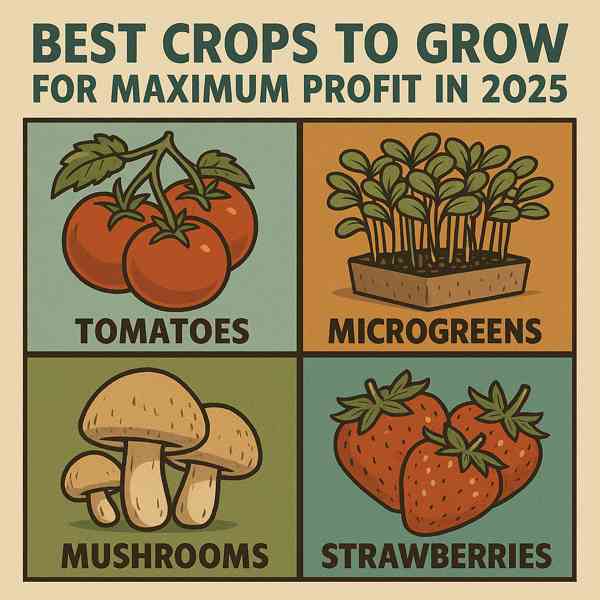How Agriculture and Forestry Drive Environmental Sustainability
How Agriculture and Forestry Drive Environmental Sustainability
Blog Article

While agriculture focuses on cultivating crops and raising livestock, forestry involves producing timber and forest products.
As technology and sustainability become more prevalent, both agriculture and forestry are evolving to adapt to environmental changes.
Understanding Agriculture
It has been the lifeblood of human civilization for thousands of years.
Key aspects of modern agriculture:
- Growing plants for food and materials
- Raising livestock for meat, milk, and wool
- Maximizing land productivity
- Using eco-friendly methods
Modern agriculture aims to ensure food security through efficient practices.
Understanding Forestry
It includes activities such as timber production to maintain biodiversity and ecosystem health.
Main components of forestry include:
- Promoting tree diversity and regeneration
- Preserving ecosystems and wildlife
- Ensuring renewable resource use
- Greening cities through tree planting
Responsible forestry practices help maintain ecological balance.
How to Be Eco-Friendly in These Sectors
Sustainability in agriculture and forestry is non-negotiable as environmental issues become more demanding.
Sustainable methods to consider:
- Preserving organic matter and preventing erosion
- Integrating natural cycles into farming
- Selective logging
- Planting trees to restore forests
By embracing these practices, farmers and foresters can enhance productivity.
Major Issues to Address
Despite their importance, both agriculture and forestry face complex issues related to climate change, resource depletion, and policy shifts.
Key issues in the sector:
- Impact on crop yields and forest health
- Water scarcity
- Reducing biodiversity and natural cover
- Financial risk for farmers and loggers
Addressing these challenges requires innovative solutions.
How Innovation Is Changing the Industry
Technology is revolutionizing both agriculture and forestry, making operations more efficient.
Innovations read more making an impact:
- Using GPS and data for targeted agriculture
- Monitoring crop health and forest cover
- Creating more resilient plant varieties
- Smarter resource allocation
Integrating technology ensures that both agriculture and forestry keep pace with global demands.
Conclusion
Whether focused on food production or forest management, both sectors play a crucial role in the global ecosystem.
To sustain these industries for the future, it is vital to embrace innovation.
Report this page